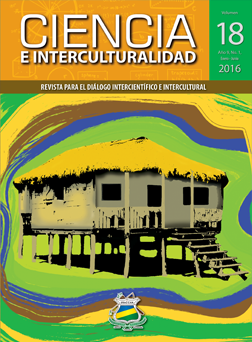El sihkrutara, en la narrativa y en la memoria del pueblo miskitu
Resumen
El sihkrutara evoca la manera que tiene el pueblo miskitu en la Costa Caribe de Nicaragua y en el marco de su cultura milenaria en revitalizar y re-significar su pasado, asumirlo, promoverlo, contarlo y transmitirlo de una generación a otra. Con esta mirada, sihkrutara, es un relato analizado a la luz de la perspectiva planteada por Maurice Halbwachs, cuyo principal argumento consiste en que no existe memoria que no sea social. Desde la postura de Halbwachs, sihkrutara representa ese relato que los ancianos y la comunidad entera no quieren olvidar y lo mantienen vivo en los recuerdos, es una de esas narraciones en las cuales no se discute autenticidad, se conoce porque el pueblo miskitu mismo lo construye, lo reconstruye, lo rememora y lo comparte para que pueda ser comprendido y no quede en el olvido. A partir de una metodología de análisis textual y narrativo, este trabajo presenta las señales que entrega el relato del sihkrutara, en la manera que tiene el pueblo miskitu por recordar a sus muertos y por preservar una memoria ligada a procesos sociales, culturales, colectivos desde el entretejido de la verdadera historia.
Descargas
El autor mantiene los derechos morales y permite la cesión gratuita, exclusiva y por plazo indefinido de sus derechos patrimoniales de autoría a la Universidad de las Regiones Autónomas de la Costa Caribe Nicaraguense (URACCAN).






